"Every year plenty of grain, more than enough indeed"
There are traces here at Lista of 8000 years of habitation. The first humans to live here were hunters and gatherers. In time the forests were cleared and the land was farmed. A favourable climate and good soil are the preconditions for thousands of years of productive agriculture.
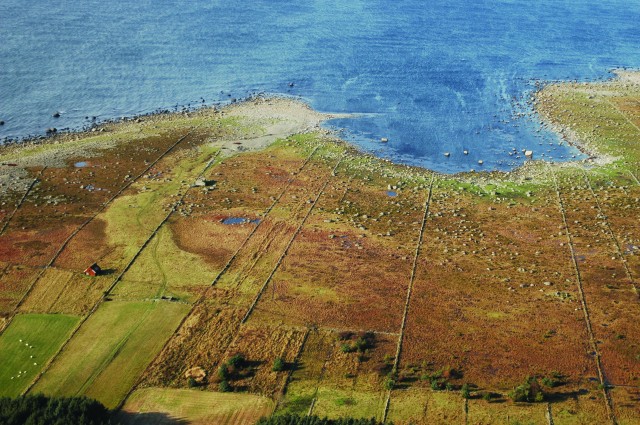
In a textbook on farming dating from 1722, governor, Povel Juul, describes the grain production at Lista:
"…nevertheless, in these small, tucked away places are grown, every year, plenty of grain, more than enough, indeed. Apart from what the farmer, himself, devours at his homestead, every year grain is exported, both ground and un-ground and malts, over thirty thousand barrels of barley, oats and mixed grains!"
This abundance of grain has at times been particularly important for the community, for instance during the Napoleonic wars early in the 19th century. In this period there was great need among the poor of the south of Norway, and the grain-stores of Kristiansand were looted by famished people. At the same time, Lista was self-sufficient with grain.
Farsund is today the largest agricultural municipality in the south of Norway. Grain, potatoes and carrots are grown here. In addition there is an extensive production of meat and milk. The farms have become fewer and larger due to modern farming methods. There are, however, several small holdings still farming the land. These play an important role in the upkeep of the cultural landscape.
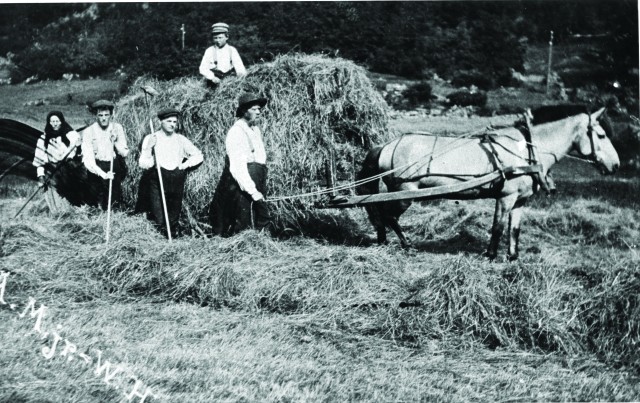
The development of the plough
Farming methods are in a state of constant change. Technological innovations change how things are done. The history and development of the plough is an example of this.
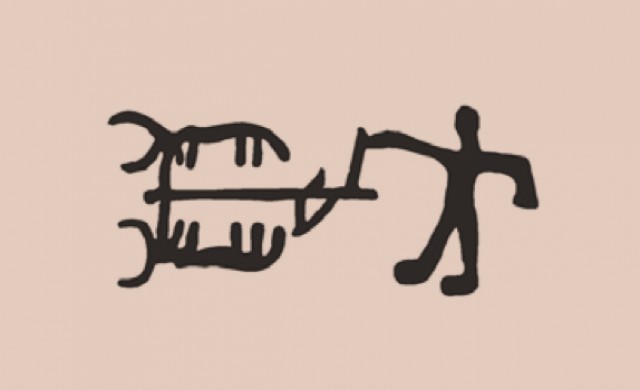
In the Neolithic the ard came into use. This oldest form of plough didn’t turn the soil over but merely produced a furrow in which one could sow the seed.
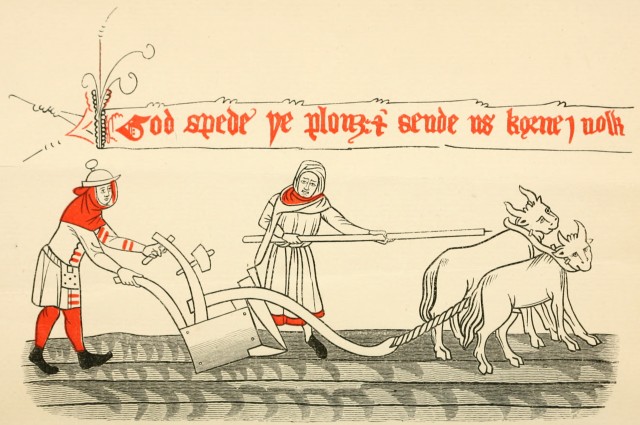
In the 13th century came ploughshares made of cast iron. They would cut deeper and turn over more soil, but were also heavier to pull.
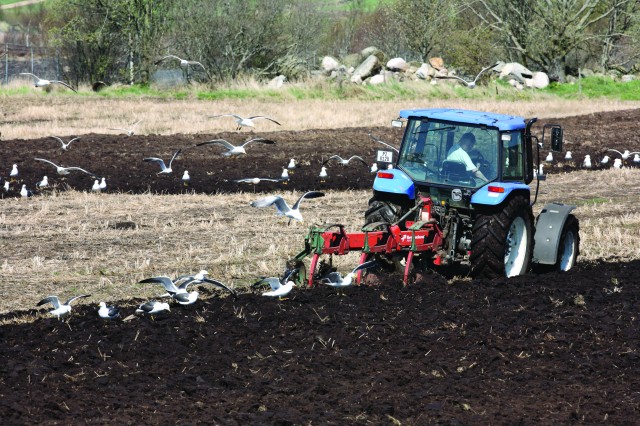
As the tractor became more common, greater ploughs could work large areas in less time.